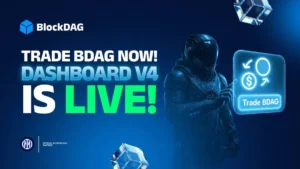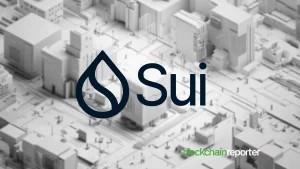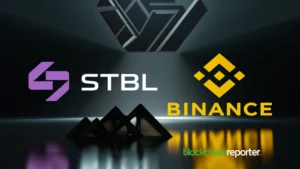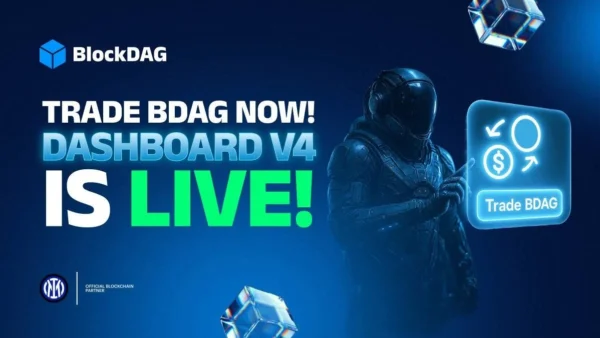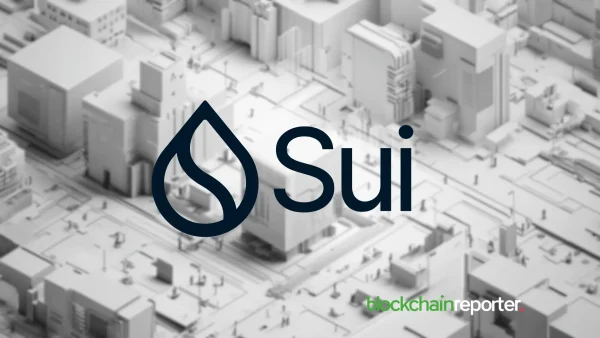
On Tuesday, August 9, 2022, users of Tracer DAO, an Ethereum-based decentralized derivatives platform, voted to migrate to Mycelium, a blockchain provider.
A Brief History of the Merger
Mycelium proposed the merger on February 10, 2021, which Tracer DAO accepted. The proposal called for Mycelium to become a core service provider and contributor to the DAO. Since then, Mycelium has been pivotal to the development of Tracer. It has conducted security audits and participated in the launch of Tracer V2 and the launch of skew farming vaults. Its latest input was in the development of perpetual swaps.
Tracer DAO accepted the proposal for TracerDAO to merge with Mycelium, its main technology partner. Mycelium’s goal is to make the financial markets more open to the masses using decentralized technology. The vote was accepted nearly unanimously, with 99 percent voting to accept the transition.
To date, Mycelium has been an important contributor to the DeFi ecosystem. Its Nodes capabilities enable it to deliver fast, secure, and reliable price-feed data to Mycelium’s traders. One of its most notable achievements was the establishment of the first verified ChainLink Oracle Nodes in 2019.
Transition Process
All current TCR holders can change their tokens 1:1 to a new MYC token. MYC is the governance and utility tokens of Mycelium. They offer holders increased functionality and access to additional benefits such as access to a rewards program and trading discounts. The Tracer DAO and Mycelium teams expect rebranding to take about a week. The transition from Tracer to Mycelium is expected to proceed throughout the whole month of August. Tracer users can expect gradual changes to the branding, such as social media avatars.
What are Perpetual Swaps?
A perpetual swap is comparable to a futures contract. The only difference is that it does not have an expiration date. In crypto, perpetual swaps have become popular with traders for price discovery. Perpetual swaps work like spot index pricing, which makes it easier for traders to manage their positions.
With perpetual swaps, traders can take long or short positions with zero price impact. Additionally, liquidity providers on Mycelium will earn a targeted 25% yield on their invested capital, while maintaining long exposure to their assets.
The GMX Perpetual Exchange inspired the Mycelium Perpetual Swaps. However, Mycelium made an upgrade with more markets and lower fees. The Mycelium Perpetual Swaps will exist alongside Perpetual Pools, with the two products being used interchangeably, individually, or in combination.
BitMEX, the derivatives exchange, was the first to offer perpetual swaps in 2016. With perpetual swaps, traders do not need to post 100% of collateral as margin. It allows leverage in many multiples on some contracts, with margin denominated in crypto. Since then, many exchanges now offer perpetuals. They include Binance, FTX, Bitget, and dydX.
According to a statement from Tracer, “This transition will allow Mycelium to deliver greater value to all existing Tracer and TCR stakeholders, in addition to providing a more dynamic ecosystem of DeFi products and services for users to access.”

